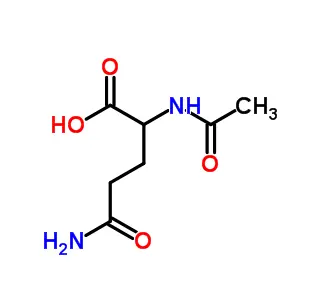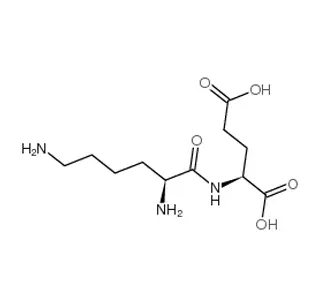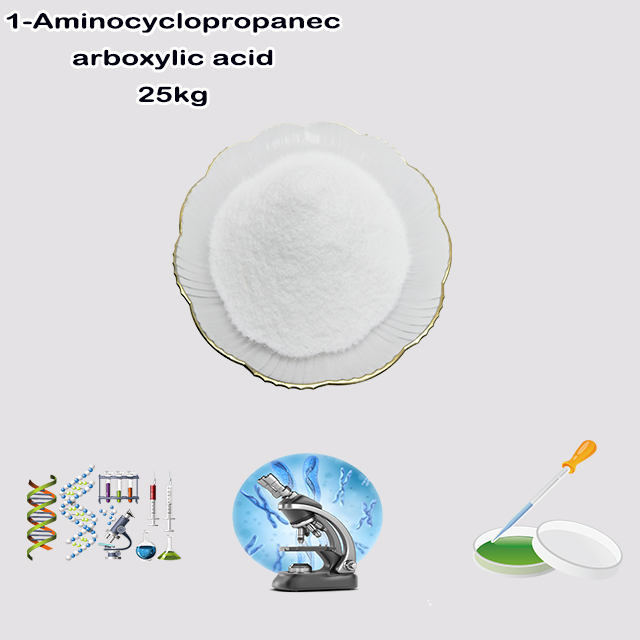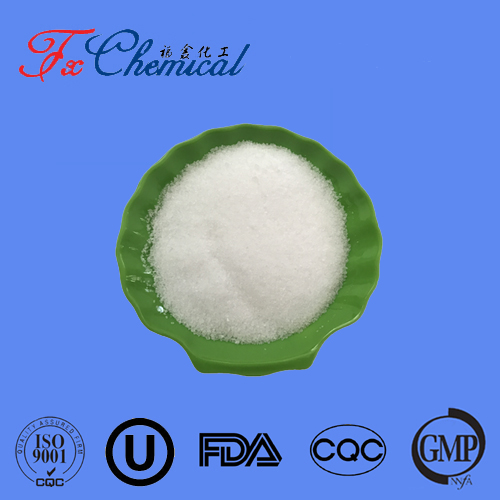
Search

Search

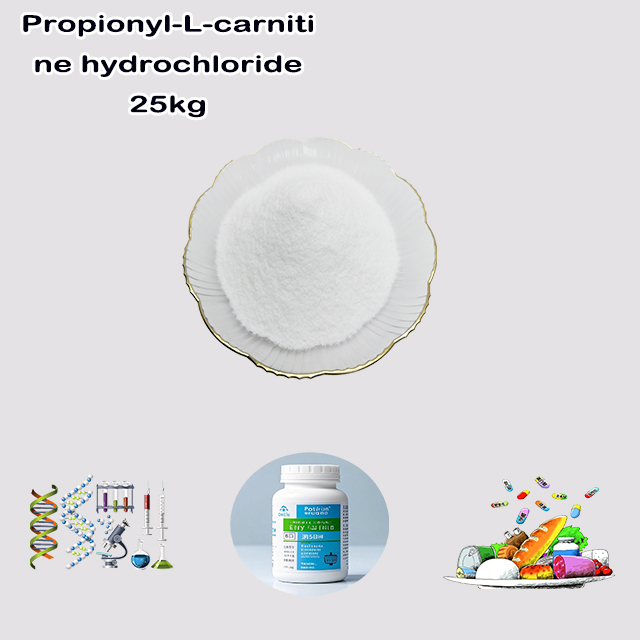

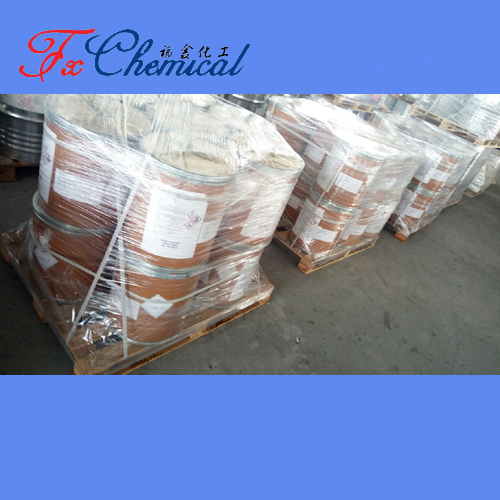
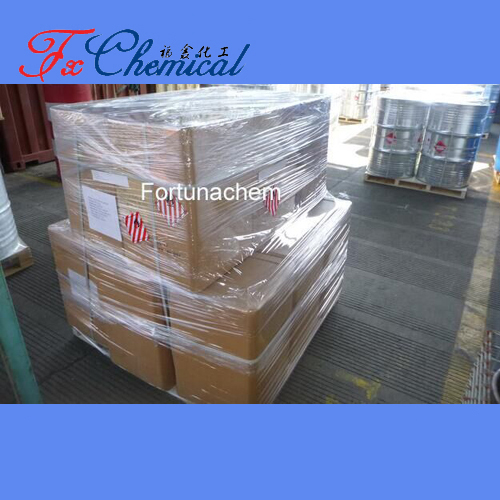
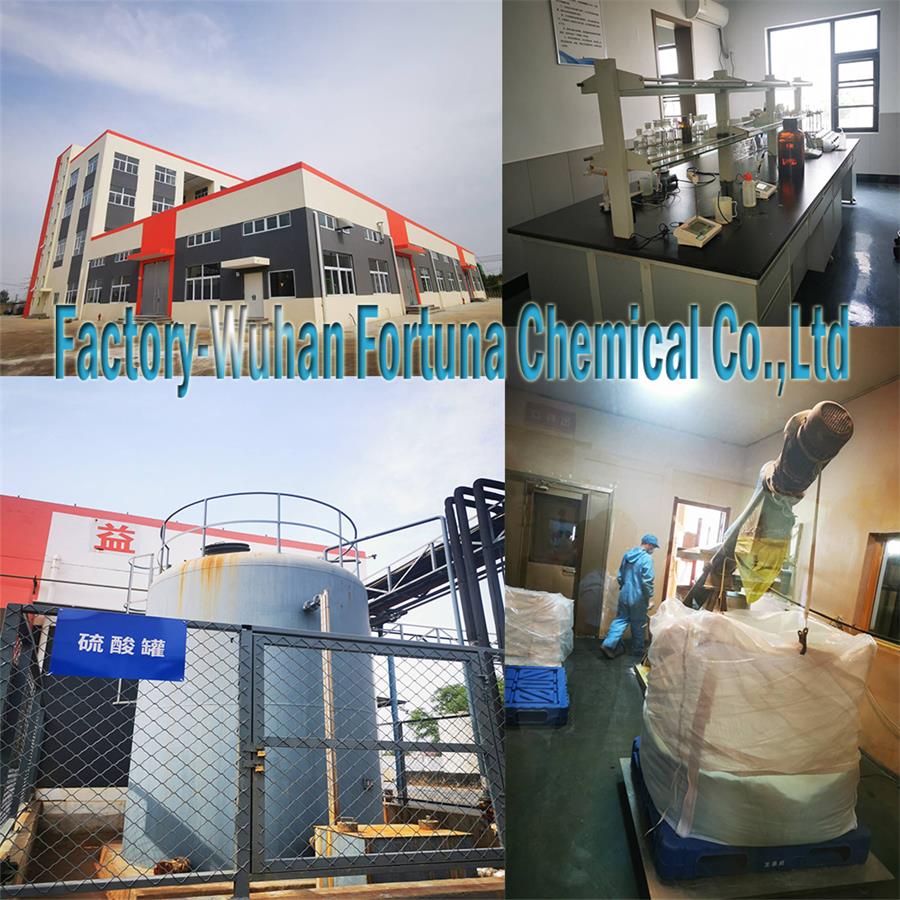





Propionyl-L-carnitine hydrochloride is a modified salt form of the amino acid derivative L-carnitine. It consists of L-carnitine linked to a propionyl group (a short-chain fatty acid) and stabilized as a hydrochloride salt.
Key Functions:
Energy Metabolism: Transports fatty acids into mitochondria for energy production.
Anaplerosis: The propionyl group converts to succinyl-CoA, replenishing the Krebs cycle, providing an alternative energy source, especially under low-oxygen stress.
Vasodilation: Stimulates nitric oxide production, improving blood flow (especially microcirculation).
Primary Medical Use: A prescription medication (in many regions) for:
Peripheral Arterial Disease (PAD): Reduces pain and improves walking distance in intermittent claudication.
Chronic Heart Failure & Stable Angina: Supports heart muscle energy metabolism and blood flow, improving symptoms and exercise tolerance.
It's valued for its targeted effects in cardiovascular and ischemic conditions compared to standard L-carnitine.
Propionyl-L-carnitine hydrochloride is a specific, modified form of the amino acid derivative L-carnitine. It's used primarily as a prescription medication or supplement for certain cardiovascular and metabolic conditions. Here's a breakdown:
The Components:
L-Carnitine: A naturally occurring compound crucial for energy metabolism. It transports long-chain fatty acids into the mitochondria (the cell's powerhouses) so they can be burned for energy. It also helps remove toxic byproducts.
Propionyl Group (-C₂H₅CO-): This short-chain fatty acid derivative is attached to the L-carnitine molecule. This modification is key to its specific actions.
Hydrochloride (HCl): This salt form improves the compound's stability, solubility in water, and absorption in the body.
How it Works (Mechanism of Action):
Once inside the cell, the propionyl group can be cleaved off and converted into succinyl-CoA, a critical intermediate in the Krebs cycle (the main energy-producing cycle in cells). This provides an alternative and readily available fuel source, especially beneficial when oxygen supply is limited (like in ischemic tissues).
This process is called anaplerosis – replenishing Krebs cycle intermediates.
Enhanced Energy Production: Like standard carnitine, it facilitates fatty acid transport into mitochondria. However, the propionyl group offers an additional benefit:
Improved Blood Flow: It's believed to stimulate the production of Nitric Oxide (NO), a potent vasodilator. This helps relax blood vessels, improve blood flow (especially in small vessels/microcirculation), and reduce oxygen demand in tissues like the heart and skeletal muscle.
Antioxidant & Protective Effects: It may help protect cells from damage caused by lack of oxygen (ischemia) and free radicals.
Metabolic Effects: Influences carbohydrate metabolism and insulin sensitivity.
Primary Medical Uses:
Peripheral Arterial Disease (PAD): Particularly for Intermittent Claudication (leg pain/cramping during walking due to reduced blood flow). It improves walking distance and reduces pain by enhancing microcirculation and muscle metabolism in the affected limbs.
Chronic Heart Failure (CHF): Sometimes used as an adjunct therapy to improve symptoms (like exercise tolerance), cardiac function, and quality of life by supporting energy metabolism in the heart muscle.
Stable Angina Pectoris: May be used to reduce chest pain and improve exercise capacity by improving cardiac energy metabolism and potentially coronary microcirculation.
Other Potential Uses: Studied in diabetic neuropathy, male infertility (improving sperm motility), and certain metabolic disorders, though evidence may be less established than for PAD and CHF.
Key Differences from Standard L-Carnitine:
The propionyl group provides a direct source of energy (via succinyl-CoA) independent of fatty acid oxidation, making it particularly useful in low-oxygen conditions.
It may have a stronger effect on stimulating nitric oxide production and improving microvascular blood flow.
It's often considered more targeted for cardiovascular and ischemic conditions than generic L-carnitine supplements.
Important Considerations:
Prescription Medication: In many countries (like in Europe), it's available as a prescription drug (e.g., Propionyl Levocarnitine) for the conditions mentioned above.
Supplement Status: In other regions (like the US), it may be marketed as a dietary supplement, though the evidence for benefits at supplement doses is generally weaker than for the prescription form used in clinical trials.
Safety: Generally well-tolerated. Common side effects are usually mild (e.g., gastrointestinal upset, headache, dizziness). As with any supplement/medication, consult a doctor before use, especially if you have underlying health conditions or take other medications.
EFSA Opinion: The European Food Safety Authority (EFSA) has rejected general health claims for propionyl-L-carnitine supplements (like increasing energy or exercise performance in healthy people), stating insufficient evidence for the general population.
In summary: Propionyl-L-carnitine hydrochloride is a specialized carnitine derivative designed to enhance energy metabolism, particularly under low-oxygen stress, and improve blood flow. Its primary established medical uses are for treating symptoms of Peripheral Arterial Disease (intermittent claudication), Chronic Heart Failure, and Stable Angina.
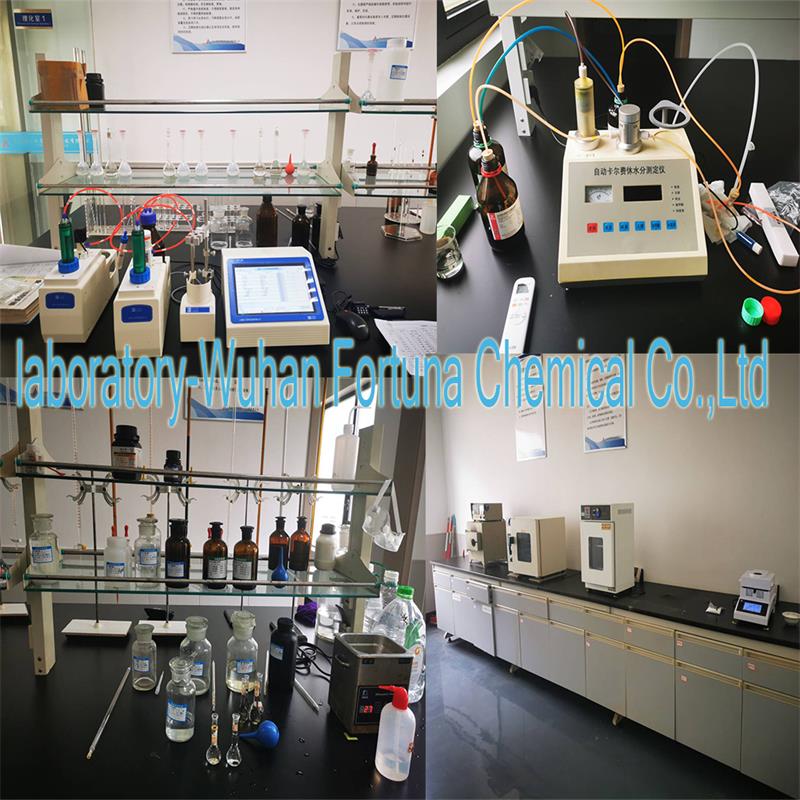

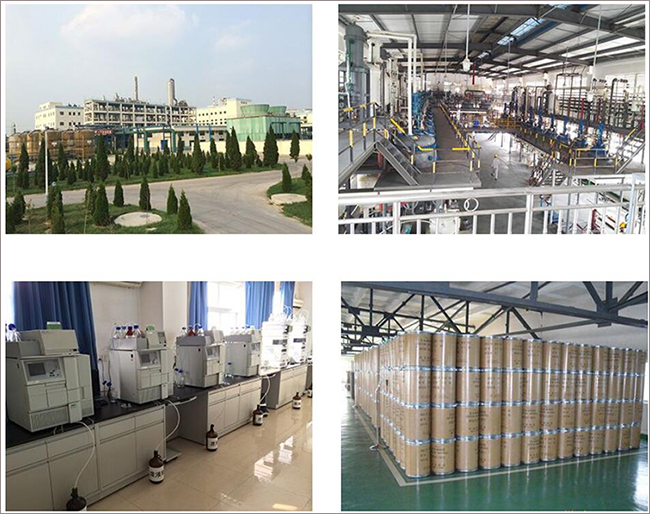

Fortunachem Provides Not Only Professional Chemical Products But Also Professional Help
Keeping you up-to-date with all the latest information, news, and events about Fortunachem!

Quick Links
Add:
E-mail:
 English
English  Español
Español  français
français  العربية
العربية 